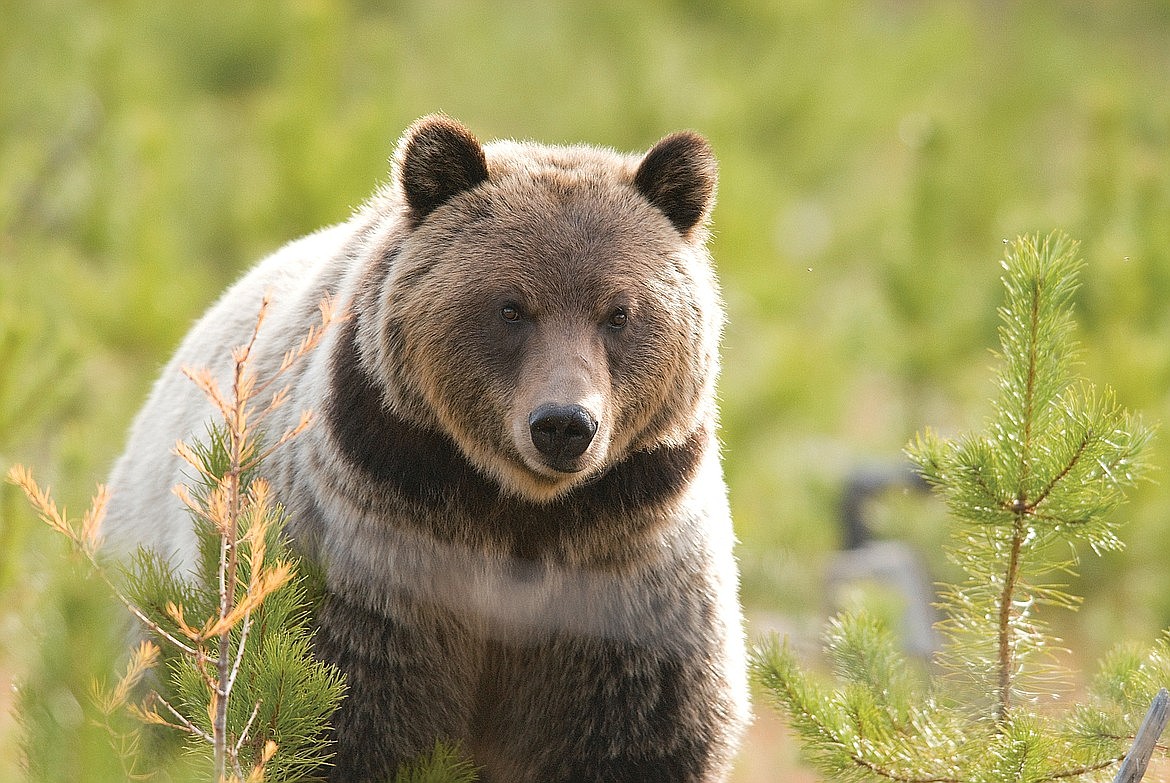What is the Interagency Grizzly Bear Committee?
Grizzly bear management is a complex endeavor. The recovery of an iconic species across the mountain west has brought many management challenges through its history along with many successes. Hard work from both from state and federal agencies, tribes, non-profits and the public have show remarkable success in both the Greater Yellowstone and the Northern Continental Divide Ecosystem (NCDE) for healthy grizzly bear populations that meet recovery goals and objectives. While field biologists and researchers often make the news for their work with grizzly bears, a interagency cooperative group, the Interagency Grizzly Bear Committee (IGBC) has provided steadfast collaborative work to help work through the challenges of grizzly bear management and recovery across the western states.
The Grizzly Bear was listed as a threatened species under the Endangered Species Act (ESA) throughout its range in the conterminous United States in 1975. The initial recovery plan for grizzly bears issued by the U.S. Fish and Wildlife Service (FWS) in 1982 called for a broad range of actions to reduce human-bear conflicts and human-caused mortality, provide secure habitat, and increase understanding of grizzly bear ecology. The Grizzly Bear recovery plan identified six recovery ecosystems: Yellowstone, Northern Continental Divide, Cabinet-Yaak, Selkirk, Bitterroot, and North Cascades. These ecosystems include a mix of federal lands managed by the U.S. Forest Service (Forest Service), National Park Service (NPS), and Bureau of Land Management (BLM), as well as state, tribal, and private lands. According to the IGBC’s charter, initial efforts to recover grizzly bear populations suffered from the complexity of land ownership and lack of coordination among the federal and state agencies with diverse missions and jurisdictions in the recovery ecosystems. To address these problems, in 1983 the Secretaries of the Interior and Agriculture and the Governors of Idaho, Montana, Wyoming, and Washington signed a Memorandum of Agreement to establish the IGBC. Their purpose for creating the IGBC was to “coordinate [federal and state] management and research actions to the greatest extent possible to insure the best utilization of available resources and prevent duplication of effort.”
Today the IGBC combines researchers, managers, and high-level administrators the IGBC needed to from the federal and state agencies with the authority to make and support policy decisions. Each recovery zone for grizzly bears has a subcommittee which discusses ecosystem science and management issues. These subcommittees also hold public meetings each spring and fall to all the public to hear from both researchers about emerging science or monitoring. Managers that deal the challenges of conflicts between bears and people also provide updates. It’s an excellent forum to listen, learn and share regarding the complexities of grizzly bear management on our public and private lands.
The IGBC provides a model for complex collaboration across ecosystems, states, between agencies, tribes and other stakeholders for an important species. The group provides a good example of how working together can provide solutions to complex challenges in threatened and endangered species recovery.

